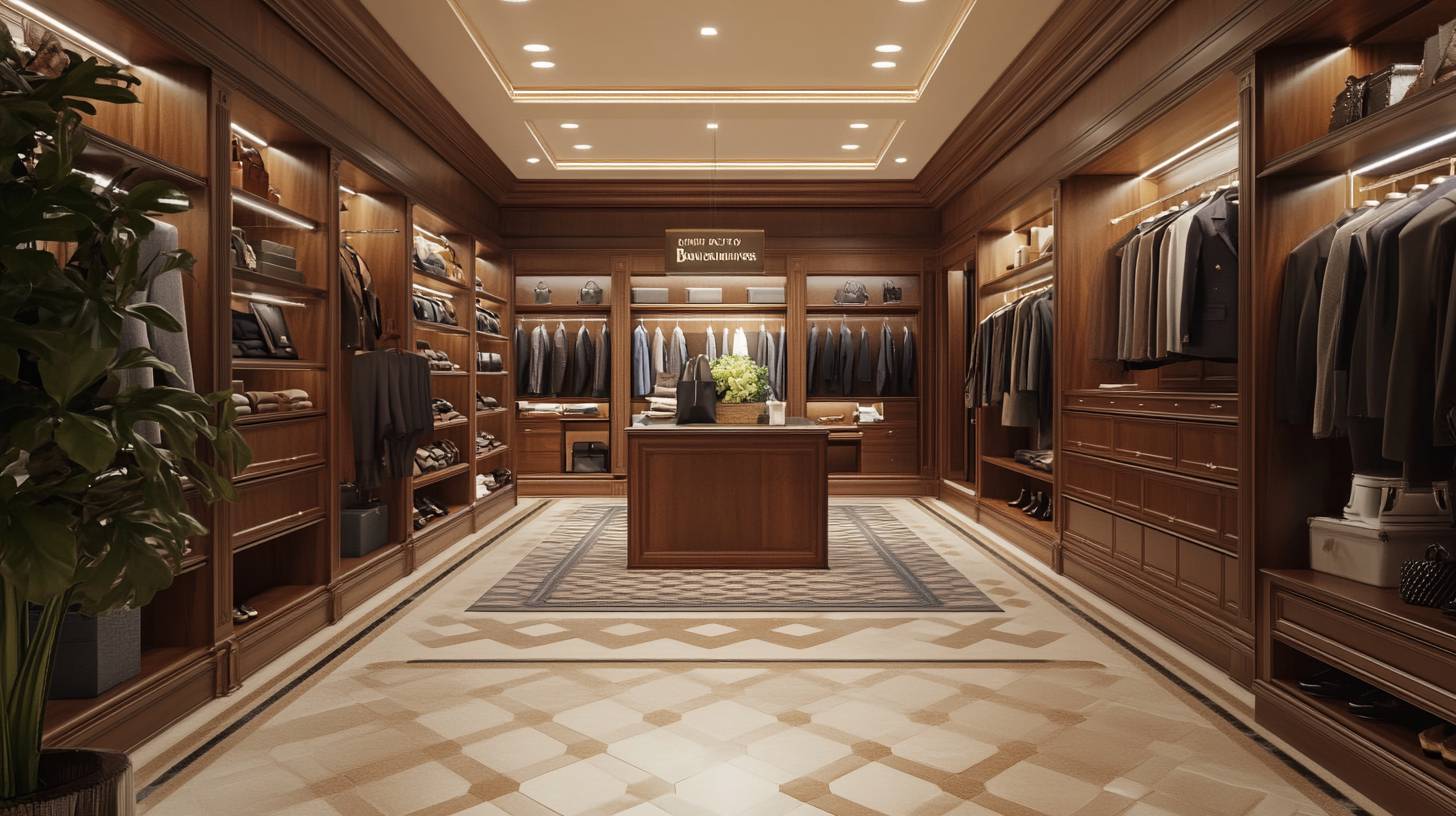
obstacles confronting the luxury fashion retail sector
The luxury fashion retail sector has been facing a diverse range of obstacles that have considerably influenced its operations and profitability. Similar to various other industries, luxury fashion retailers have had to deal with the challenging landscape of inflation, which has escalated costs universally, from raw materials to logistics. The impact of rising interest rates has only intensified these challenges, increasing borrowing expenses and further tightening profit margins.
Additionally, the persistent repercussions of the Covid-19 pandemic continue to loom over the industry. The pandemic disrupted worldwide supply chains, resulting in delays and shortages that have not yet been completely alleviated. There has also been a shift in consumer habits, with a growing number of customers preferring online shopping over conventional brick-and-mortar experiences, prompting luxury retailers to reevaluate their strategies.
Nonetheless, the luxury fashion sector encounters distinct challenges that distinguish it from other fields. A major concern is maintaining the relevance of physical stores in an ever-growing digital environment. Although online sales have soared, numerous luxury brands are still heavily dependent on their physical locations to deliver the exclusive, high-touch experiences their customers anticipate. Striking a balance between a robust online presence and the upkeep of physical stores has proven to be a significant challenge.
Another critical issue is the problem of shrinkage, or retail theft, which has escalated into a major worry for luxury retailers. High-end items are particularly appealing targets for thieves, and the rise in organized retail crime has intensified the situation. This escalation has resulted in increased security expenditures and, in some cases, the shutdown of stores situated in high-risk areas.
These issues have engendered a perfect storm of financial turmoil for numerous luxury fashion retailers, compelling some to reorganize their operations or even seek bankruptcy protection. The industry stands at a pivotal juncture, and its ability to adapt to these adversities will shape its future direction.
recent insolvency cases in the luxury fashion industry
The luxury fashion industry has witnessed a surge of insolvency cases in recent months, highlighting the financial pressures many retailers are enduring. The most prominent case was the restructuring of Ted Baker Canada, which filed for bankruptcy earlier this year. The company, which managed a substantial number of stores throughout North America, could not endure the financial strains imposed by the pandemic and other economic hurdles. The filing resulted in the liquidation and closure of all its North American outlets, representing a significant setback for the luxury fashion sector.
In a similar vein, Anne Fontaine USA, the American division of the Paris-based luxury boutique chain, sought Chapter 11 Subchapter V bankruptcy protection in January. The company indicated that the ongoing repercussions of the Covid-19 pandemic were the main reasons for its financial troubles. Despite operating a global network of luxury boutiques, including 17 locations in the U.S., Anne Fontaine struggled to recover from the downturn in consumer spending and the shift towards online shopping that has defined the post-pandemic retail environment.
More recently, McMullen, a luxury fashion retailer located in Oakland, California, filed for Chapter 11 protection in August. This filing followed a lawsuit from online competitor Moda Operandi, which accused McMullen of copyright infringement. The combination of the legal dispute and the existing financial pressures led McMullen to pursue bankruptcy protection. The company reported assets ranging from 0,000 to million and liabilities between million and million, indicating a considerable financial disparity.
These bankruptcy filings underscore the fragile situation many luxury fashion retailers find themselves in. The convergence of economic pressures, evolving consumer behaviors, and legal challenges has established a challenging landscape for these businesses. As the industry continues to change, it remains uncertain how many more retailers will be compelled to emulate Ted Baker, Anne Fontaine, and McMullen.

